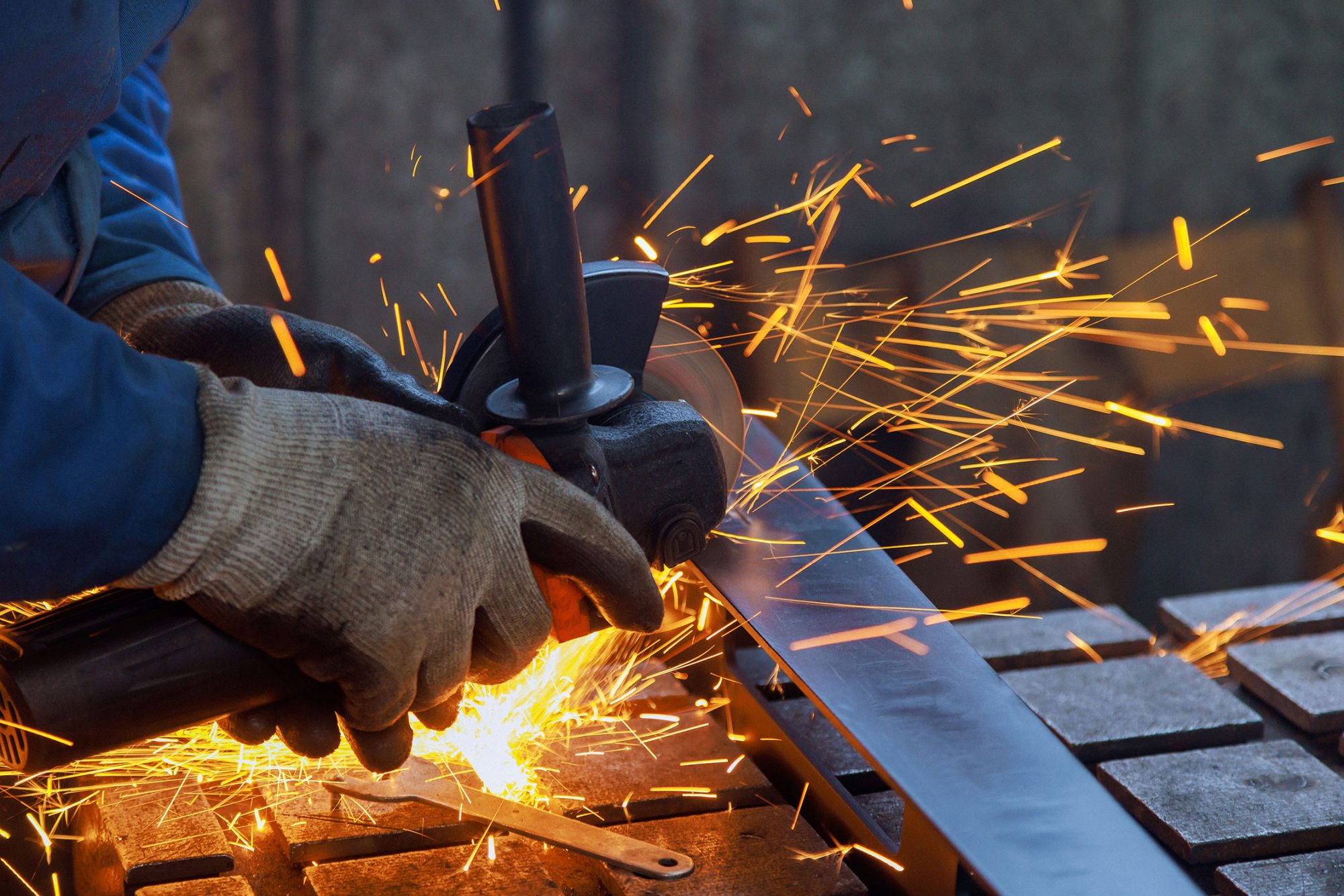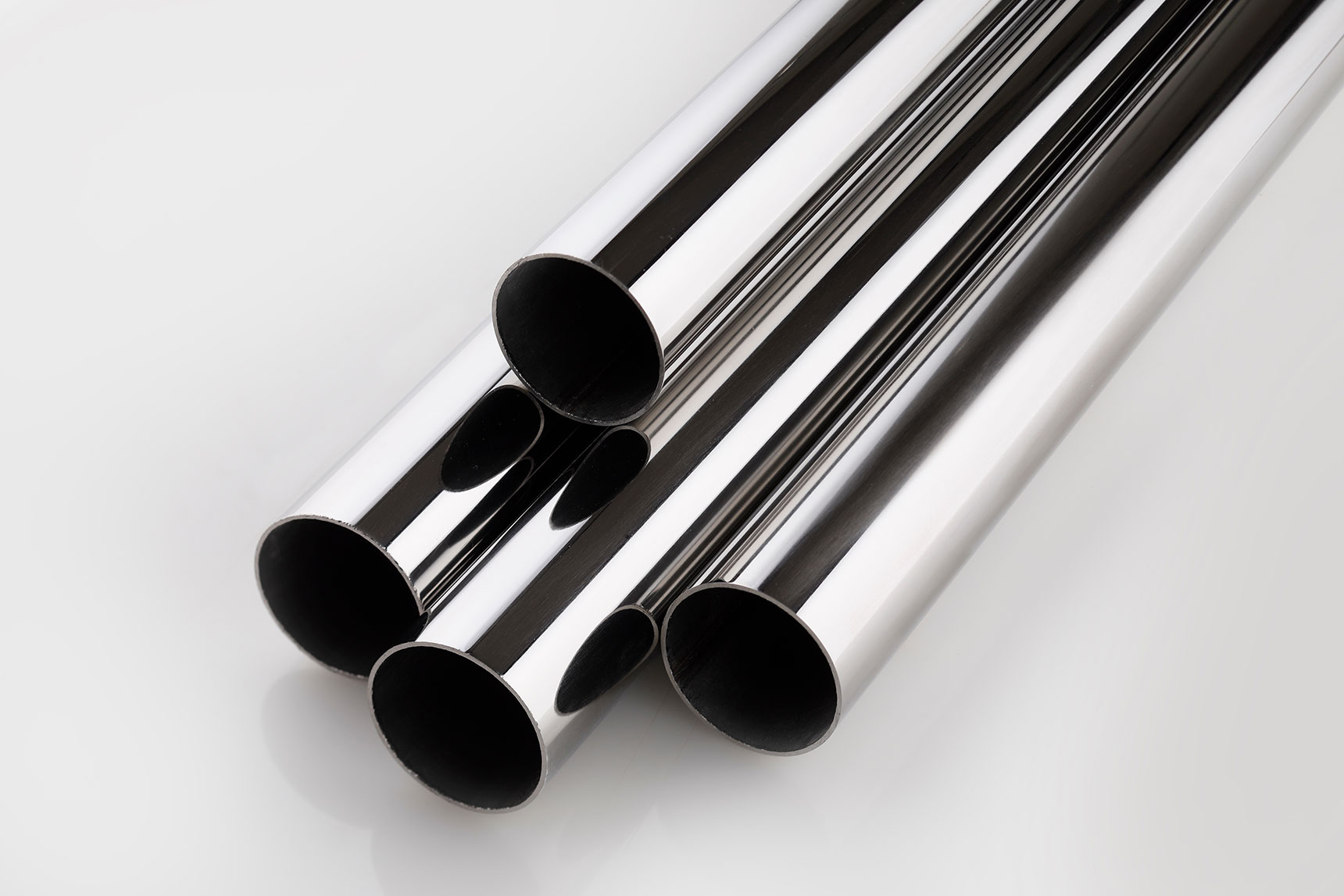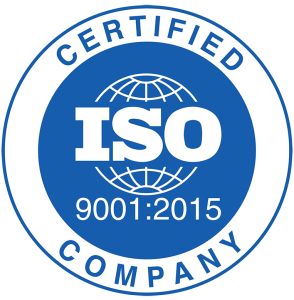Seamless steel tubes are a vital part of industrial applications and processes. You use them to move gases, liquids, and other materials under high pressure. They are like standard ERW tube in regards to quality and strength. However, they are made from a single piece of metal without welding. Since there is no weld joint, they become the perfect tools for high pressure applications. Saying this, even the highest quality products can have defects thanks to many factors. We are going to explore them to help you understand what you are up against. With the information in hand, you will be able to better prepare for them.
Surface defects
These are among the most common problems with seamless steel tubes. They manifest when the tube’s surface is irregular or has imperfections like cracks, pits, or ridges.
Surface defects tend to happen because of improper material finishing. Another cause can be incorrect temperature control during tightness testing. Incorrect material selection is a third common cause.
Discontinuity defects
 Discontinuities are also a potential problem. Seamless tubes can have these defects for a number of reasons. A common one is poor penetration. It happens when you don’t process the filler metal properly. The outcome is incomplete welding.
Discontinuities are also a potential problem. Seamless tubes can have these defects for a number of reasons. A common one is poor penetration. It happens when you don’t process the filler metal properly. The outcome is incomplete welding.
Misalignment is another discontinuity to be aware of. It happens when the tubes aren’t properly held during welding. It produces unsatisfactory results with ERW tube and seamless tubing.
Finally, incomplete fusion can cause discontinuities. It occurs when the filler and base metal don’t merge completely during welding. This results in weak spots and porous areas.
Internal defects
These include voids, variations in wall thicknesses, and lamination. The latter is a problem that comes about due to incorrect heating. Here, layers of material stick together.
Variations in wall thicknesses happen when you don’t manufacture the tubes uniformly. It can be a bigger issue with seamless tubes than ERW tube because of the manufacturing processes.
Voids are air pockets that manifest from within the material and lead it to becoming brittle. You need to be very careful with them because they can compromise the strength.
Corrosion
It can occur with seamless steel tubes. This happens when you use the tube in a corrosive setting without treating or coating it to offer protection. Such action can lead to pitting, rusting, and other kinds of corrosion. They weaken the tube and undermine its structural integrity.
Material defects
Lastly, we have material defects. They can show up in seamless tubes as well as ERW tube. You can have flaws in the material’s chemical composition, segregations, and inclusions.
Flaws in the chemical composition show up when the material gets contaminated with impurities. Or, it may not have been alloyed or melted correctly.
Inclusions are objects or particles that are present accidentally. Segregations are impurities within the material that weren’t evenly distributed. Both can mean the material isn’t as strong as it should be.
Conclusion
Seamless steel tubes see extensive use in various industrial applications. They do so thanks to their impressive quality and strength. Saying this, even the best utensils can have defects. Material quality, manufacturing procedures, and other details cause them. They can reduce a tube’s performance and longevity. As a result, it is necessary to choose reliable products, inspect the tubes regularly, and make moves to prevent them.
Quality ERW tube delivered on time
At Union Steel Tubes, we’re committed to supplying everyone with quality goods. Something else we aim to do is to deliver them quickly. Most orders can be ready the next day. For urgent ones, same day delivery can be available. We can achieve such a rapid turnaround because we keep tubing in stock ready to cut to length.
So, if you’re looking to get quality ERW tube on time, speak to our team. We can even advise you if you are unsure about dimensions for different needs.



